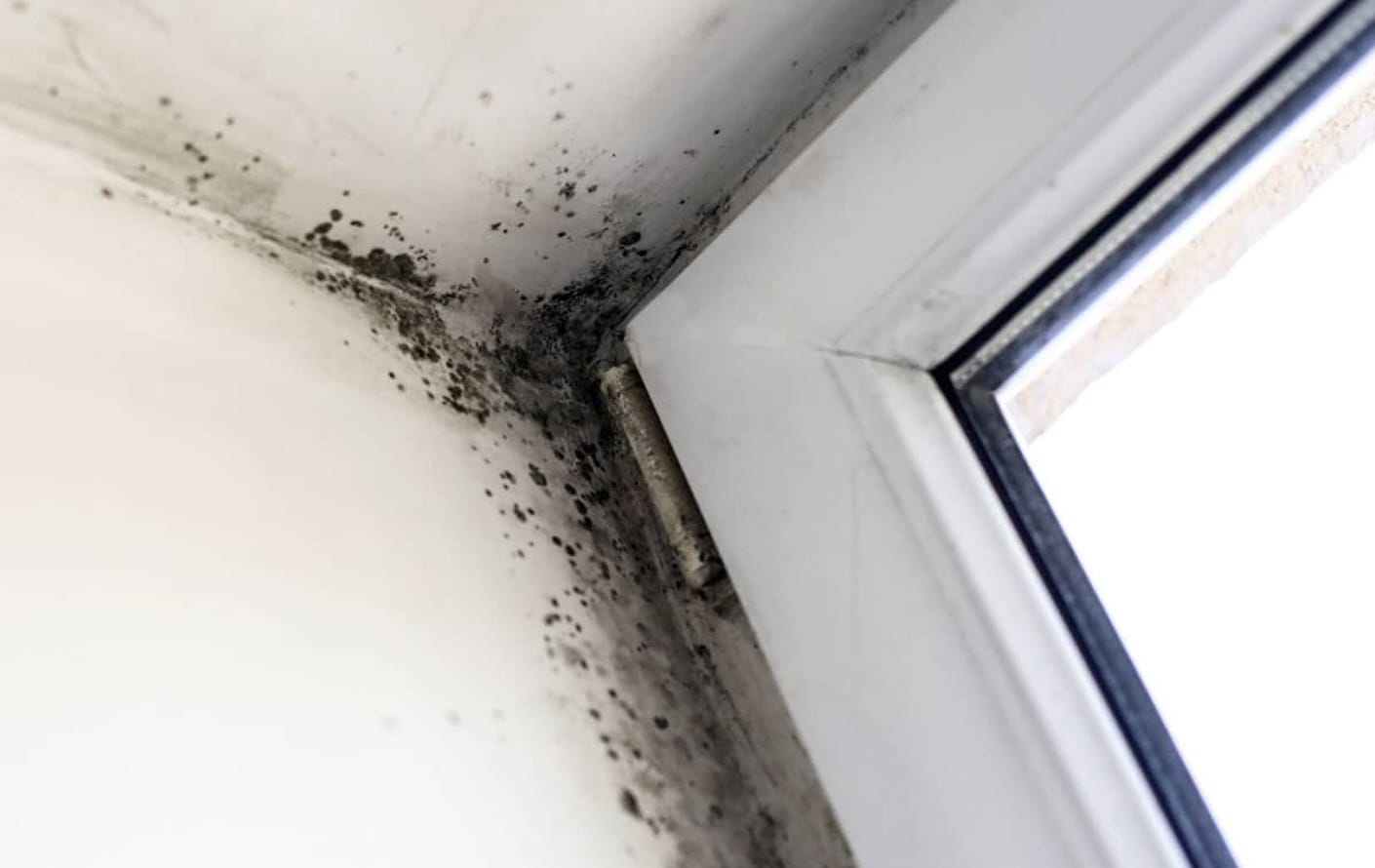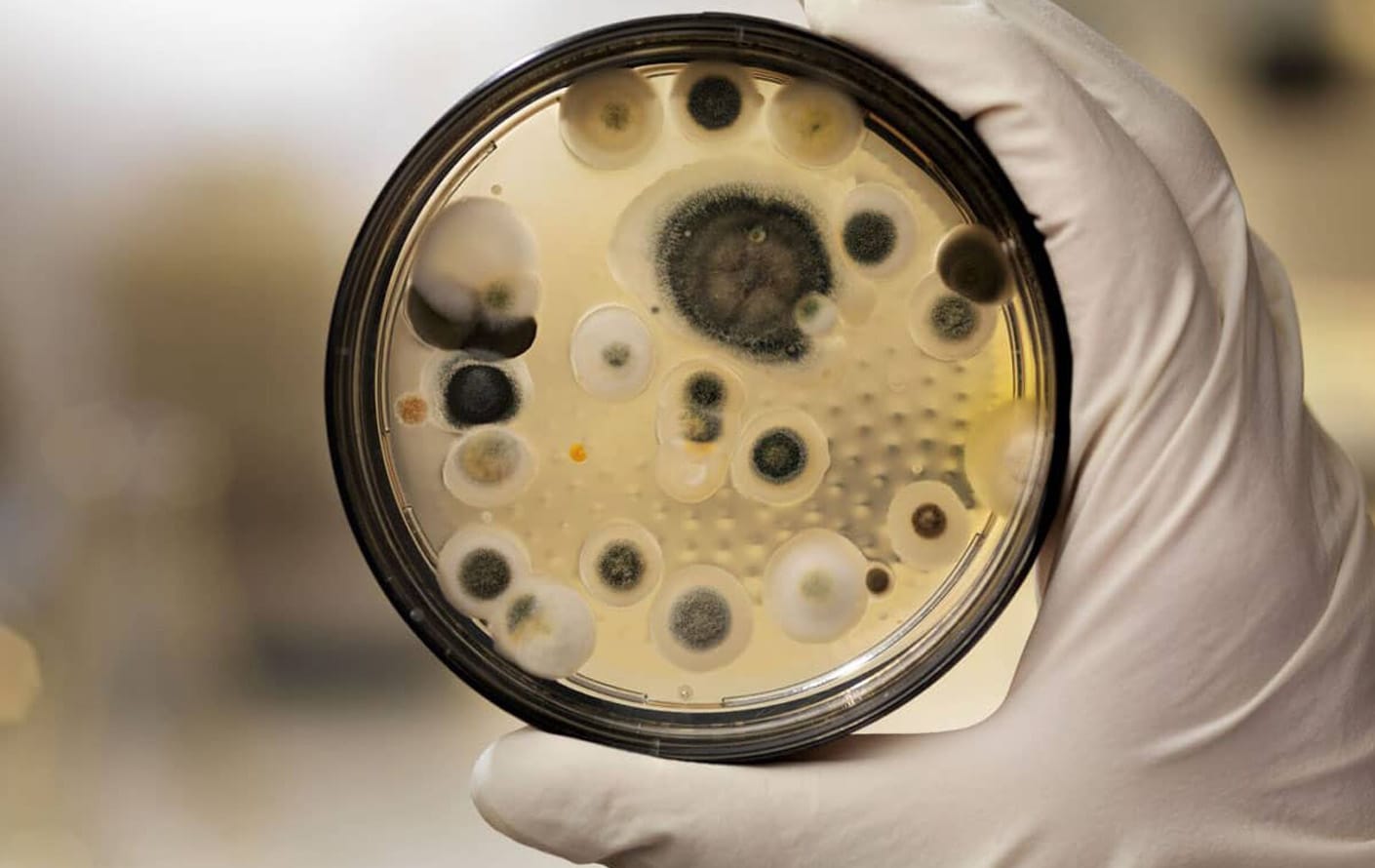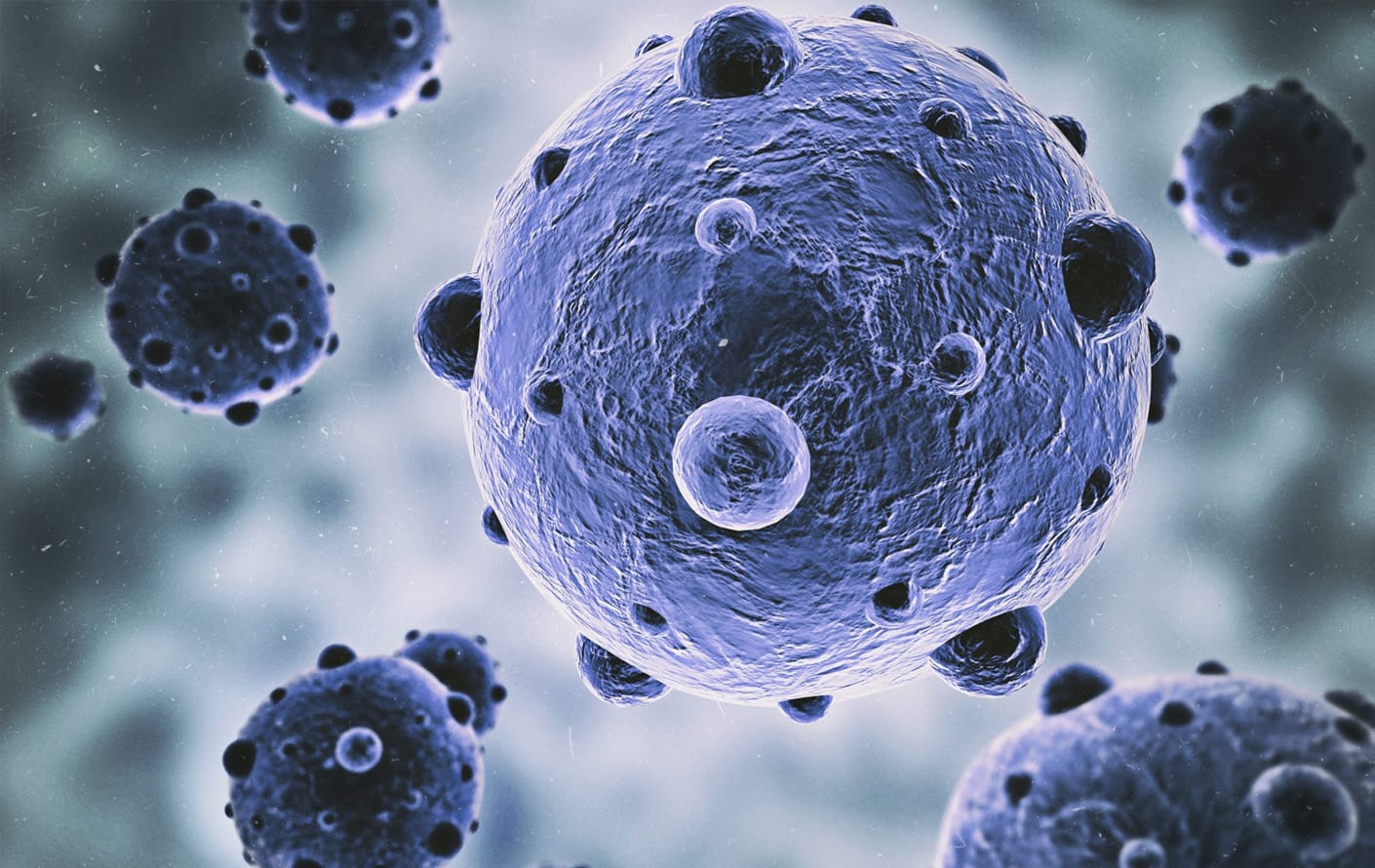Moisture may come from flooding; leaky roofs or water leaks; humidifiers uncleaned or disinfected; damp basements or crawl spaces; house plants; showers; steam from cooking; wet cloths drying indoors; poor air exchange; humidity and condensation during winter; poorly insulated surfaces.
To control indoor mold growth humidity should be maintained between 30 to 40%...
Illnesses caused by mold exposure are a growing problem that few people are aware of, including most primary care physicians.
Environmental health experts are seeing increasing numbers of individuals with a complex myriad of symptoms directly related to mold exposure.
This has resulted in the proposal of a new term to describe this multi-faceted syndrome: Mixed Mold Toxicosis.
Because mold-related disorders are so often unrecognized and misdiagnosed, I have been posting a series of articles about mold and its potential dangers, as well as approaches to treatment...
Awareness of toxic mold’s impact on human health has risen exponentially over the past decade. Health authorities have linked toxic mold exposure to serious health problems, including respiratory infections and neurotoxicity. However, the harmful effects of toxic mold are not limited to the lungs and brain; emerging research indicates that toxic mold also affects the gastrointestinal tract and promotes the development of leaky gut. Read on to learn about the connection between toxic mold and leaky gut and how you can restore your gut health if you’ve been exposed to mold in your living or work environment...


